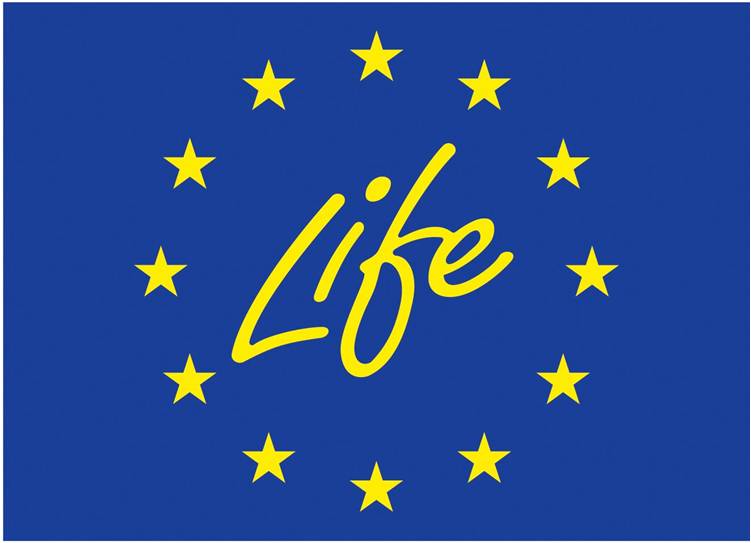Expected results
CO2 emissions using only the current infrastructure and plant energy resources are estimated that they would reach 466 tCO2 per year. Taking as a starting data the current production of Dorada of 300 t/year, which requires a power supply 933.324 kWh/year, about 933 MWh/year. An increase in production around 2000%, is to reaching about 6000 t/year, estimating the new energy demand around 18,600 MWh/year.
Expected results
![]()
![]()
![]() Decrease of the CO2 emitted using renewable energy sources to cover at least 10% of the energy supply of the installation. The installation will avoid 46.6 tCO2/year using this route.
Decrease of the CO2 emitted using renewable energy sources to cover at least 10% of the energy supply of the installation. The installation will avoid 46.6 tCO2/year using this route.
![]() Reduction of the CO2 emitted favouring the correct operation of the plant (implementation of control systems and good operation practices). In this way we would save 20% of energy consumption and 56.6 tCO2/year will be avoided.
Reduction of the CO2 emitted favouring the correct operation of the plant (implementation of control systems and good operation practices). In this way we would save 20% of energy consumption and 56.6 tCO2/year will be avoided.
![]() Evaluation and fixation of the CO2 emitted in the combustion of gases in the aquaculture plant through the pipeline and supplyinge this CO2 to microalgae tanks. Estimating a production of algae of 2.4 t/year, you will reach 4.32 tCO2/year avoided in this way.
Evaluation and fixation of the CO2 emitted in the combustion of gases in the aquaculture plant through the pipeline and supplyinge this CO2 to microalgae tanks. Estimating a production of algae of 2.4 t/year, you will reach 4.32 tCO2/year avoided in this way.
![]() Reduction of emissions increasing the efficiency of the used equipment.
Reduction of emissions increasing the efficiency of the used equipment.
![]()
![]() Decrease fossil fuel consumption through replacement the operation of the generator 25% of time (saving electricity 659 MWh/year) and avoiding 17.4 tCO2/year in this way.
Decrease fossil fuel consumption through replacement the operation of the generator 25% of time (saving electricity 659 MWh/year) and avoiding 17.4 tCO2/year in this way.
![]() Increase efficiency by auto-production in-situ oxygen through a renewable way, assuming on this route a lower emission generation.
Increase efficiency by auto-production in-situ oxygen through a renewable way, assuming on this route a lower emission generation.
![]()
![]() Demonstration of aeration techniques in tanks crop.
Demonstration of aeration techniques in tanks crop.
![]() Improvement nutritional diet of fish and mollusks cultivated by the contribution of microalgae.
Improvement nutritional diet of fish and mollusks cultivated by the contribution of microalgae.
![]() Improvement the quality of the effluents from cultivation tanks, through purification water by microalgae.
Improvement the quality of the effluents from cultivation tanks, through purification water by microalgae.
![]() Demonstration of hydrogen and fuel technologies in aquaculture.
Demonstration of hydrogen and fuel technologies in aquaculture.

![]() Transfer of results to other industries with similar characteristics in order to promote reply results and inclusion of these technological improvements in European ecological aquaculture plans.
Transfer of results to other industries with similar characteristics in order to promote reply results and inclusion of these technological improvements in European ecological aquaculture plans.
![]() Elaboration of a communication post-LIFE plan.
Elaboration of a communication post-LIFE plan.
![]() Guides and explanatory panels
Guides and explanatory panels
![]() Exchange of information and integration into ecological aquaculture promotion plans.
Exchange of information and integration into ecological aquaculture promotion plans.





